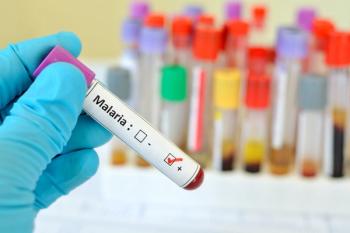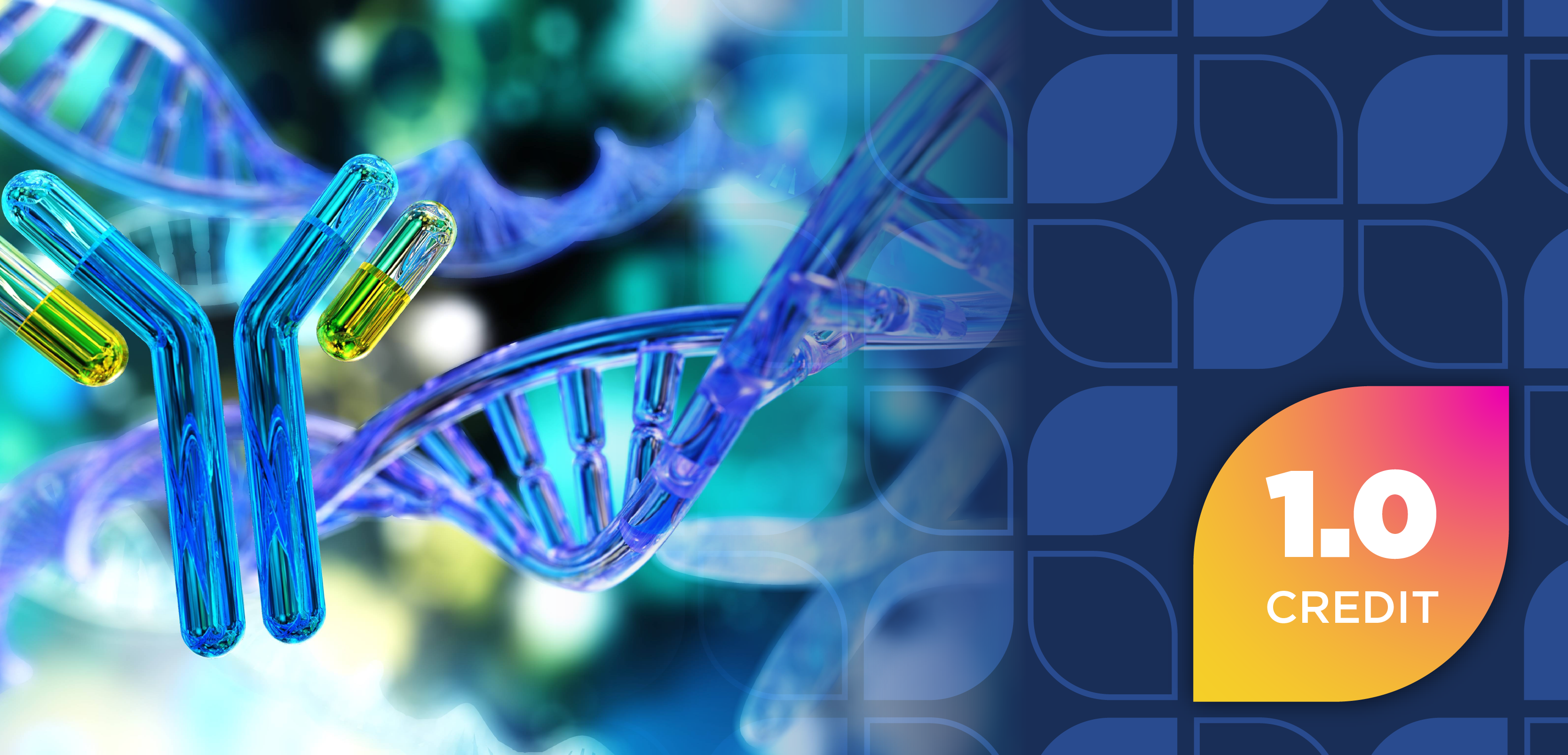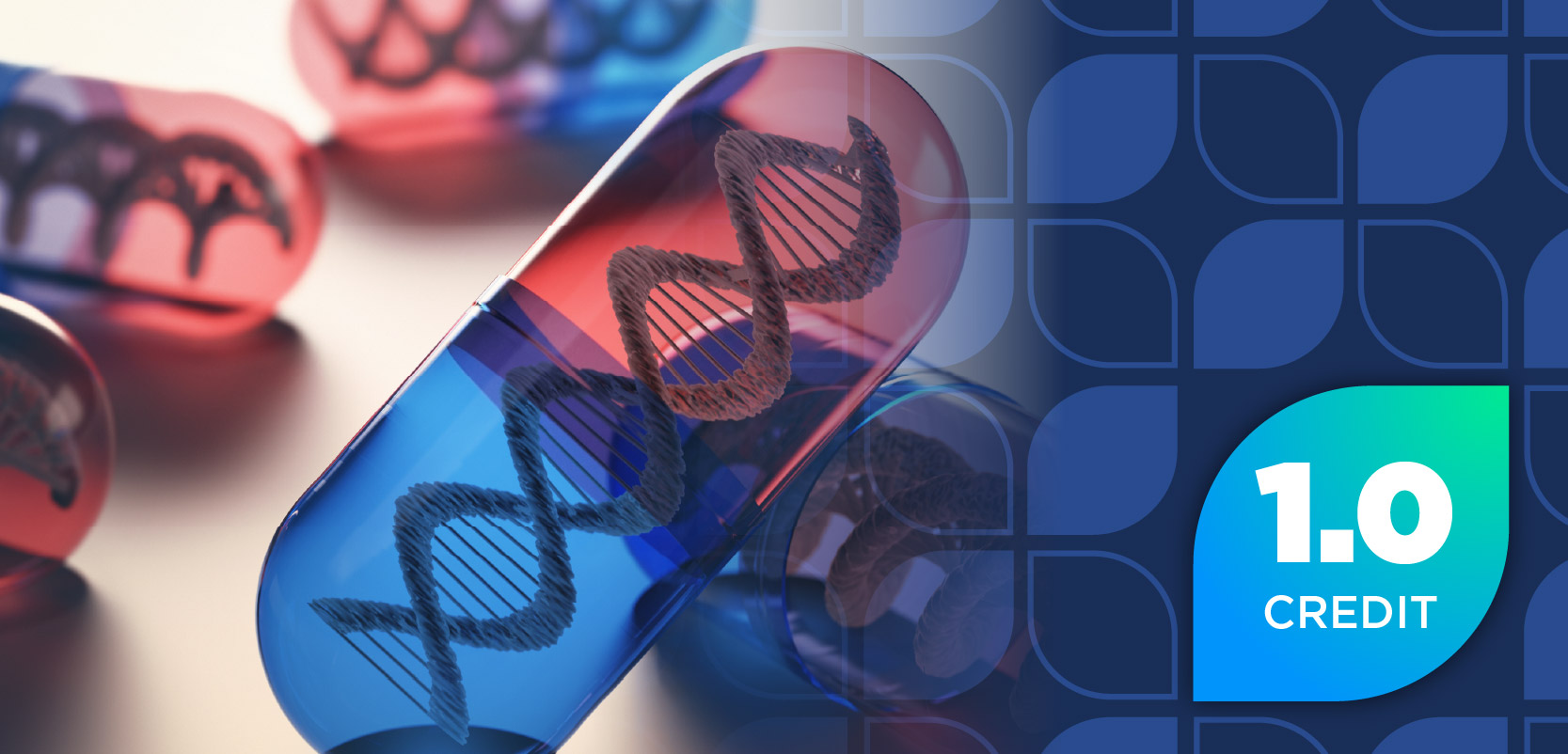
Bisphenol A as a Promoter of Hormone-Sensitive Breast Cancer Through Inflammatory Pathways
Key Takeaways
- BPA exposure accelerates ER+ breast cancer progression by affecting inflammatory pathways and cellular signaling, increasing IL-6, TNF-α, NF-κB, and ROS levels.
- BPA contributes to drug resistance, particularly against tamoxifen and doxorubicin, by altering key cellular control points and signaling pathways.
BPA exposure accelerates ER+ breast cancer growth, impacting treatment efficacy and altering the pharmacist's role in therapy administration.
The chemical bisphenol A (BPA) is in the news following the publication of a new study by Thoene et al, showing that even small, long-term contact with BPA speeds up the growth of estrogen receptor-positive (ER+) breast cancer by impacting many cell messages and signaling pathways.1 Since pharmacists play a huge role in taking care of patients with cancer, both in and out of the hospital, it remains key for them to know how nature-based estrogens can harm hormone treatment and alter how a tumor acts.
Low BPA doses over a long period can cause lasting harm in ER+ breast cancer cells. These cells feature larger numbers of IL-6, tumor necrosis factor alpha (TNF-α), active nuclear factor kappa B (NF-κB), and numerous reactive oxygen species (ROS). The presence of these features in tumor cells results in DNA harm and the development of more mutant p53.1
According to the investigators, utilizing tamoxifen with EGF/ERK1/2 signals made cells grow and last longer. Using tamoxifen made cells move toward GPER-led ways out, raising resistance. Studies on animals and early BPA contact show that BPA early on might set the stage for later breast cancer by changing how genes work and respond to hormones.1
In 2025, a study found that small amounts of BPA can change gene expression and cell behavior in normal breast cells. This adds to the idea that BPA helps create an environment in the body that fosters inflammation and can lead to tumors, a finding also noted by Thoene.2 Further, in 2020, Stillwater and others showed that BPA boosts certain cell signals. This raises the levels of cell-protecting and enzyme factors that fight harmful oxygen in cells. The discovery provides insights into how tumor-like clusters can form and make cells less sensitive to cancer drugs, especially in types of breast cancer that are linked to inflammation.3
Another study in 2021 detailed how BPA speeds up tumor cell growth and spread. It works through several pathways and also makes cells less responsive to cancer drugs like tamoxifen and doxorubicin. This harm happens through changes in key cell control spots.4
Although both in vitro and in vivo studies give strong basic clues, there are not enough comprehensive human trials that link exact BPA levels to failed treatments in breast cancer that reacts to hormones. BPA levels in urine change frequently, and metabolism plays a role; each person's risk, such as changes in ER or genes tied to inflammation, needs more investigation.4 Still, the amount of BPA studied is about the same as what humans face daily, based on checks of body signs. This backs up its importance for real-world use.
Pharmacists should view BPA not only as a negative for the earth but also as a possible risk in the growth of breast cancer and hormone blockage. By adding checks for BPA and patient education, ensuring more effective drug reviews, providing help at given clinics, or setting new rules for BPA testing, pharmacists can cut down on a manageable risk and aid in providing better results in hormone care for those with breast cancer. Being watchful and giving early advice puts the pharmacy field in the lead in unique and multidisciplinary care for patients with breast cancer.
REFERENCES
1. Thoene M, Zglejc-Waszak K, Jozwik M, Wojtkiewicz J. Bisphenol A Promotes the Progression of Hormone-Sensitive Breast Cancers Through Several Inflammatory Pathways. Cancers. 2025; 17(14):2373. doi:10.3390/cancers17142373
2. Stillwater BJ, Bull AC, Romagnolo DF, Neumayer LA, Donovan MG, Selmin OI. Bisphenols and Risk of Breast Cancer: A Narrative Review of the Impact of Diet and Bioactive Food Components. Front Nutr. 2020;7:581388. Published 2020 Nov 19. doi:10.3389/fnut.2020.581388
3. Khan NG, Correia J, Adiga D, et al. A comprehensive review on the carcinogenic potential of bisphenol A: clues and evidence. Environ Sci Pollut Res Int. 2021;28(16):19643-19663. doi:10.1007/s11356-021-13071-w
4. Yu T, He C, Zhang H, et al. Endocrine therapy resistance of breast cancer: Important role of G protein-coupled estrogen receptor (GPER) and new therapeutic strategies. Genes & Diseases. Published online June 10, 2025:101716. doi:10.1016/j.gendis.2025.101716
Newsletter
Stay informed on drug updates, treatment guidelines, and pharmacy practice trends—subscribe to Pharmacy Times for weekly clinical insights.













































































































































































































